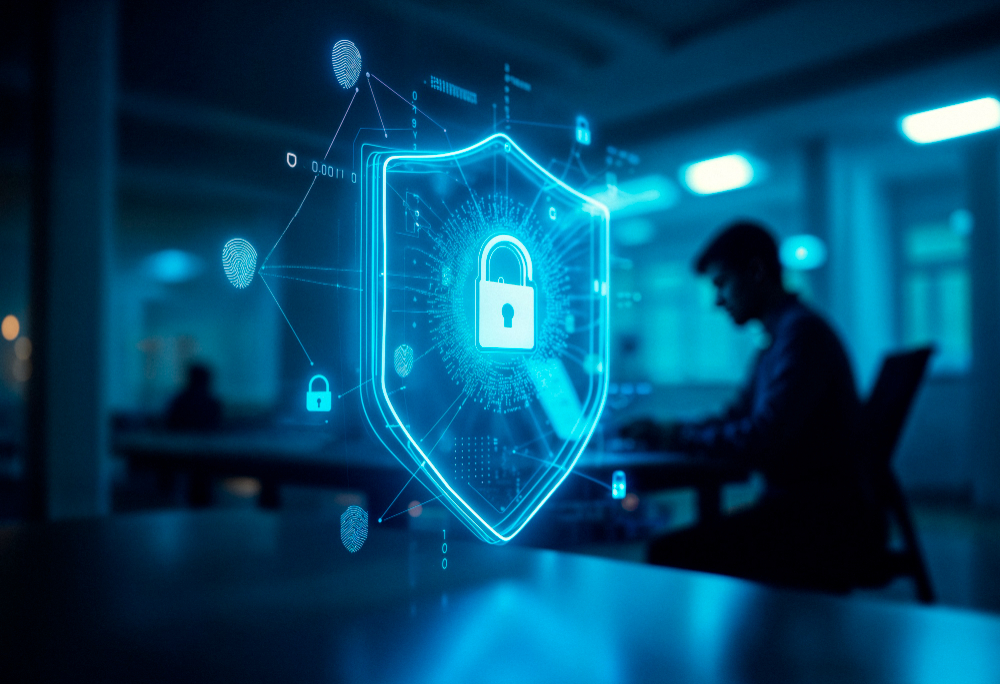How to Build a Secure Database Server for Storing Sensitive Information?

Strong 8k brings an ultra-HD IPTV experience to your living room and your pocket.
In today's digital landscape, safeguarding sensitive information is paramount for organizations across all sectors. A secure database Best server acts as a fortress, protecting valuable data from unauthorized access and potential breaches. Building a secure database server requires a thoughtful approach that encompasses various aspects of security, including configuration, access control, encryption, and monitoring. This article outlines key considerations and best practices for establishing a robust and secure database server.
Understanding the Importance of Database Security
Before delving into the specifics of building a secure database server, it is essential to recognize the critical nature of database security. Databases often store sensitive information such as personal identification details, financial records, and proprietary business data. A breach can lead to severe consequences, including financial loss, reputational damage, and legal ramifications. Therefore, implementing a strong security posture is vital for any organization.
Selecting the Right Database Software
The first step in building a secure database server is choosing the right database management system (DBMS). Several options are available, each with its strengths and weaknesses. When selecting a DBMS, consider factors such as security features, community support, and the ability to integrate with existing systems. Popular choices include MySQL, PostgreSQL, Oracle Database, and Microsoft SQL Server. It is crucial to stay updated with the latest security patches and versions of the chosen DBMS to mitigate vulnerabilities.
Setting Up the Database Environment
Once the DBMS is selected, the next step is to set up the database environment. This involves configuring the server and database instances for optimal security. Start by installing the DBMS on a dedicated server that is not used for other purposes. This isolation helps limit potential attack vectors. Additionally, ensure that the operating system hosting the database is secure and regularly updated with security patches.
During the setup process, minimize the attack surface by disabling unnecessary services and ports. Only allow access to the database server system through specific IP addresses or ranges. This can significantly reduce the likelihood of unauthorized access.
Implementing Strong Access Controls
Access control is a cornerstone of database security. Establishing strict user authentication and authorization policies is essential to prevent unauthorized users from accessing sensitive information. Implement the principle of least privilege, ensuring that users have only the permissions necessary to perform their tasks. Regularly review and update user permissions to adapt to changes in roles and responsibilities.
Utilizing multi-factor authentication (MFA) can enhance security by requiring users to provide additional verification beyond just a password. This extra layer of protection makes it more difficult for attackers to gain access, even if they manage to obtain a user's credentials.
Encrypting Sensitive Data
Data encryption is a crucial component of a secure database server. It involves encoding sensitive information in such a way that only authorized users can decrypt and access it. Implementing encryption at both the database level and the application level ensures that data remains secure both in transit and at rest.
For data at rest, many modern DBMS solutions offer built-in encryption features. Utilize these features to encrypt sensitive data stored in the database. For data in transit, employ secure protocols such as SSL/TLS to encrypt communication between the database server and client applications. This prevents attackers from intercepting sensitive information as it travels over the network.
Regular Backups and Disaster Recovery Planning
While security measures are essential, it is equally important to prepare for potential data loss or breaches. Implement a robust backup strategy that includes regular backups of the database and associated files. Store backups in a secure location, preferably off-site or in a cloud storage solution with strong security measures.
In addition to backups, develop a comprehensive disaster recovery plan. This plan should outline the steps to take in the event of a data breach or server failure. Regularly test the disaster recovery plan to ensure it is effective and that all team members are familiar with their roles in the recovery process.
Monitoring and Auditing Database Activity
Continuous monitoring and auditing of database activity are essential for identifying potential security threats and ensuring compliance with regulations. Implement logging mechanisms to record all access and changes to the database. This log should include details such as user actions, time stamps, and the nature of the changes made.
Analyze logs regularly to detect any suspicious activities or anomalies. Employ automated monitoring tools that can alert administrators of potential security breaches in real time. This proactive approach allows organizations to respond swiftly to potential threats, minimizing the impact of any security incident.
Keeping Up with Security Best Practices
The landscape of database security is constantly evolving, with new threats emerging regularly. Staying informed about the latest security trends and best practices is crucial for maintaining a secure database server. Engage in continuous education and training for your team to ensure they are aware of potential vulnerabilities and the measures needed to mitigate them.
Additionally, consider participating in security forums, attending industry conferences, and subscribing to relevant publications to stay updated on the latest developments in database security.
Conclusion
Building a secure database server for storing sensitive information involves a multifaceted approach that addresses various security concerns. By selecting the right database software, implementing strong access controls, utilizing encryption, and regularly monitoring activity, organizations can significantly enhance their database security posture. As cyber threats continue to evolve, remaining vigilant and proactive in security measures is essential for safeguarding valuable data and maintaining trust with clients and stakeholders.
Note: IndiBlogHub features both user-submitted and editorial content. We do not verify third-party contributions. Read our Disclaimer and Privacy Policyfor details.







